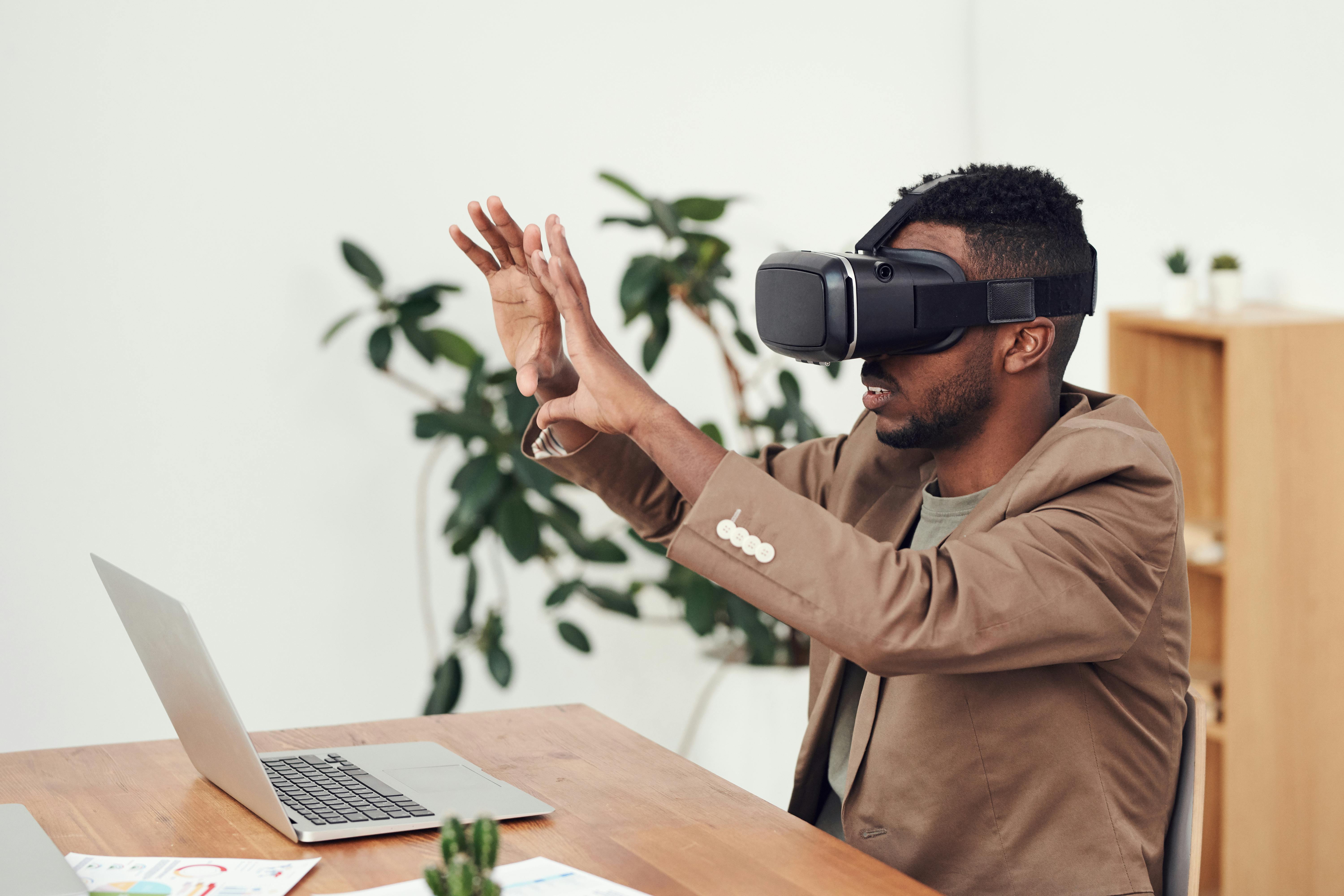Reimagining Career Fairs: The Rise of Virtual Reality Networking
In the ever-evolving landscape of professional networking and job seeking, a groundbreaking trend is reshaping how candidates and employers connect: Virtual Reality (VR) Career Fairs. This innovative approach to recruitment is transforming traditional job fairs into immersive, interactive experiences that transcend geographical boundaries and redefine the art of networking.

The Evolution of Career Fairs
Career fairs have long been a staple in the job-seeking process, offering a platform for face-to-face interactions between employers and potential candidates. Historically, these events were confined to physical spaces, limiting participation to those who could attend in person. The advent of the internet brought about online job boards and virtual career fairs, but these lacked the personal touch of in-person events.
The transition to VR career fairs represents a quantum leap in this evolution. By leveraging virtual reality technology, these events create immersive environments that simulate the experience of being physically present at a career fair, while eliminating geographical constraints and expanding accessibility.
The Mechanics of VR Career Fairs
VR career fairs utilize sophisticated virtual reality platforms to create 3D environments where participants can interact using avatars. Job seekers navigate through virtual exhibition halls, visit company booths, and engage in real-time conversations with recruiters. The technology allows for a range of interactions, from one-on-one chats to group presentations and even virtual interviews.
These events often feature customizable avatars, interactive displays of company information, and the ability to share digital resumes and portfolios instantly. Some platforms even incorporate AI-powered matchmaking algorithms to connect candidates with relevant opportunities based on their skills and interests.
Benefits for Job Seekers
For job seekers, VR career fairs offer numerous advantages. The immersive nature of these events allows for a more engaging and memorable experience compared to traditional online job searches. Participants can attend multiple fairs globally without the need for travel, significantly expanding their networking reach.
Moreover, the virtual environment can help alleviate some of the anxiety associated with in-person networking. Job seekers can practice their pitch and interactions in a low-pressure setting, building confidence before engaging with potential employers.
Advantages for Employers
Employers benefit from VR career fairs in several ways. These events allow companies to showcase their brand and culture in innovative ways, creating virtual office tours or interactive presentations that give candidates a genuine feel for the work environment. The global reach of VR fairs enables businesses to tap into a diverse talent pool, unrestricted by geographical limitations.
Additionally, VR platforms often provide robust analytics, allowing recruiters to track engagement metrics and identify promising candidates more efficiently. This data-driven approach can lead to more effective and targeted recruitment strategies.
Challenges and Considerations
While VR career fairs offer exciting possibilities, they also present certain challenges. The primary hurdle is technology access; not all job seekers may have access to VR headsets or high-speed internet required for optimal participation. There’s also a learning curve associated with navigating virtual environments, which could potentially deter less tech-savvy individuals.
Privacy and data security concerns also come into play, as these platforms collect and process significant amounts of user data. Employers and event organizers must ensure robust security measures to protect participants’ information.
The Future of VR in Career Development
As VR technology continues to advance and become more accessible, its role in career development is likely to expand. We may see the integration of augmented reality (AR) elements, allowing for hybrid events that blend virtual and physical spaces. The use of haptic feedback technology could further enhance the sense of presence and interaction in these virtual environments.
Furthermore, VR could revolutionize other aspects of career development, such as virtual job shadowing, immersive skills training, and global mentorship programs. As the technology matures, it has the potential to create more equitable access to career opportunities and foster truly global professional networks.
Preparing for the VR Career Fair Revolution
For job seekers looking to leverage VR career fairs, preparation is key. Familiarizing oneself with VR technology, creating a compelling virtual presence, and honing digital communication skills will be crucial. It’s also important to approach these events with the same professionalism and preparation as traditional career fairs, including researching participating companies and preparing thoughtful questions.
Employers, on the other hand, should invest in creating engaging virtual presentations and training their recruiters to effectively interact in VR environments. Developing strategies to authentically represent company culture and values in a virtual space will be essential for attracting top talent.
Conclusion
Virtual Reality career fairs represent a significant leap forward in the realm of professional networking and recruitment. By bridging the gap between physical and digital interactions, they offer a unique solution to the challenges of global talent acquisition and career development. As this technology continues to evolve and become more widespread, it has the potential to democratize access to career opportunities and reshape the future of work.
While challenges remain, the benefits of VR career fairs are clear. They offer an innovative, engaging, and efficient way for job seekers and employers to connect, transcending geographical boundaries and opening up new possibilities in the world of work. As we move forward, embracing and adapting to this technology will be crucial for success in the ever-changing landscape of careers and recruitment.




